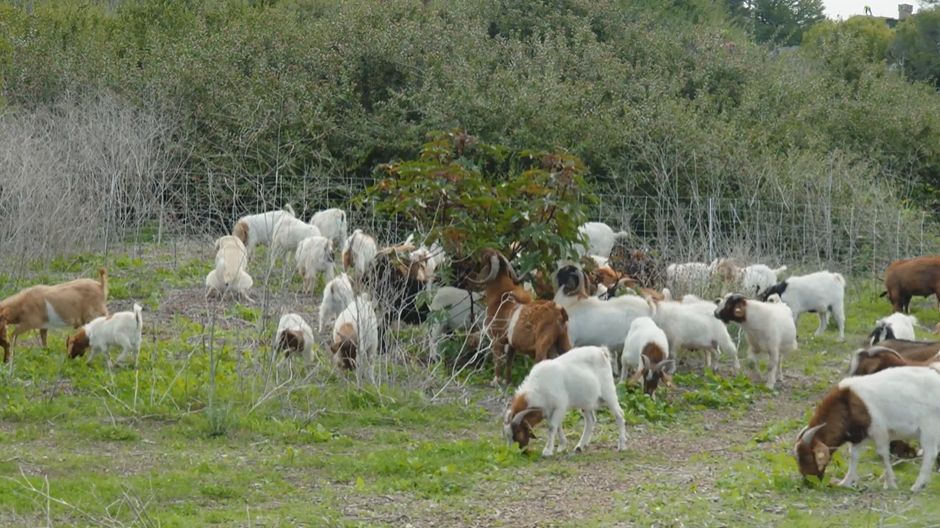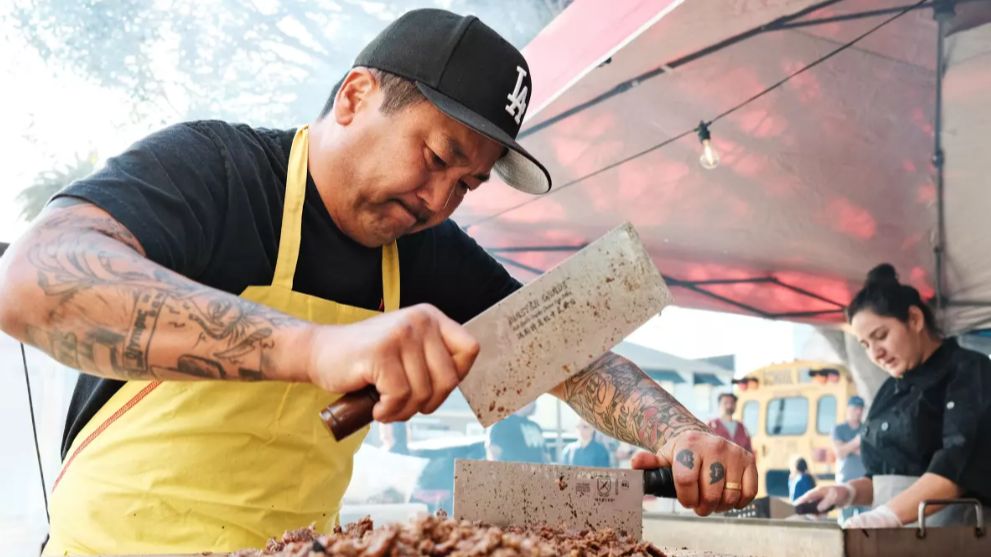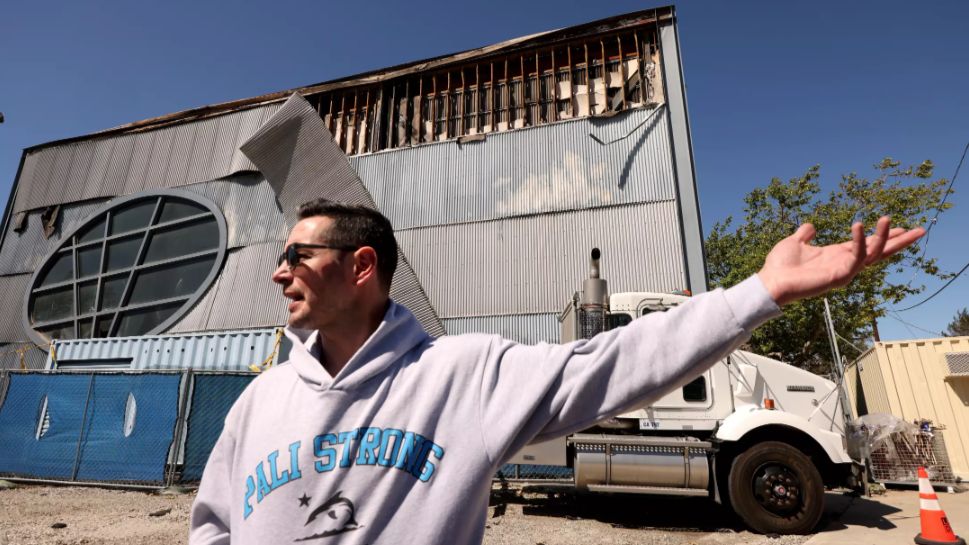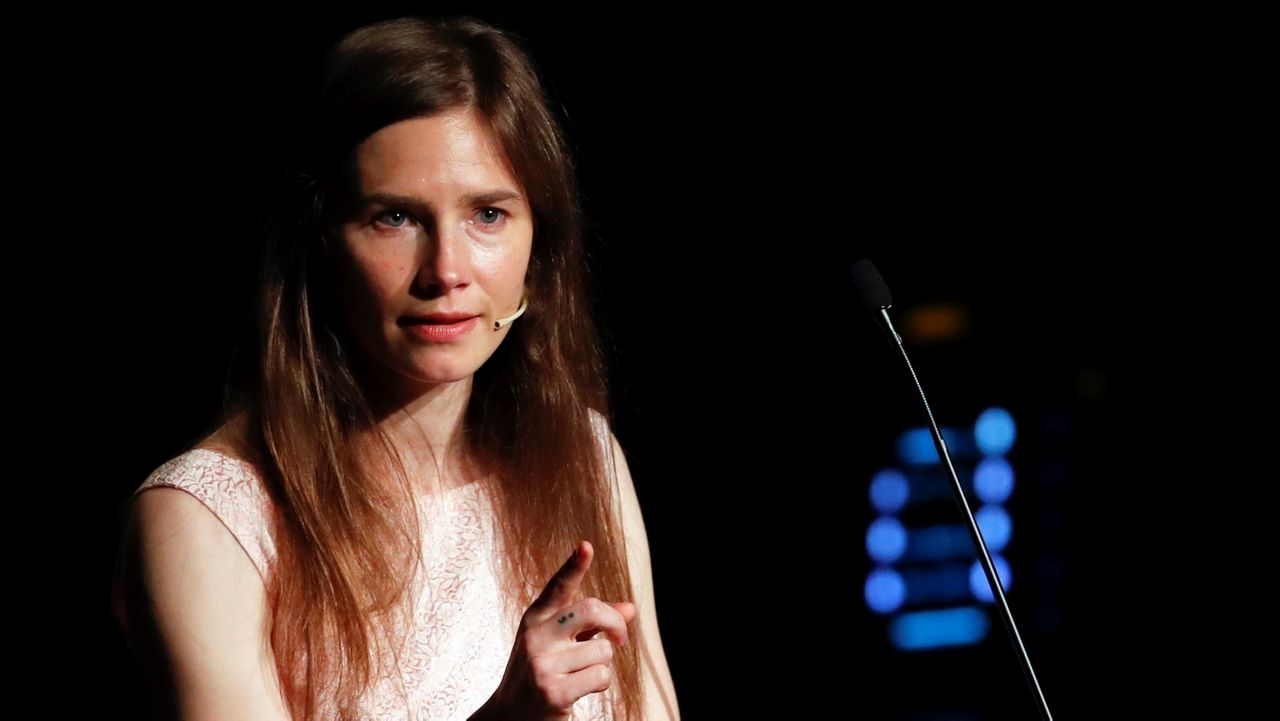Last spring, when COVID-19 lockdowns and stay-at-home orders went into place, Holocaust survivor Marion Ein Lewin wrote a moving piece for the L.A. Times about the power of the human spirit. The commentary, which included a black-and-white photograph of Marion and her twin brother dressed in Dutch costumes, resonated with many readers. But what happened next, no one expected.
L.A. Times Columnist Steve Lopez joined Spectrum News 1 anchor Lisa McRee on L.A. Times Today with more on this incredible story.
The photograph of Lewin and her twin brother started a series of events after a Sunland reader read the piece.
"A woman named Trudie Kramer Feay noticed that the kids were wearing Urker costumes, and she is from that region of the Netherlands. She recognized the costumes and wondered why these Jewish twins in wartime were wearing these Dutch costumes. So she sends a copy of the L.A. Times commentary to her friend Jellie Oost in the Netherlands. And Jellie knew who to call to look into the background," Lopez said.
When Oost sent the Los Angeles Times commentary to Friends of Urk, a historical society, her request for assistance landed in the hands of the right guy.
"There is a sergeant in the nearby community who on the side is a history buff, and he takes on this assignment to try and figure out why the Jewish kids were wearing these Urk costumes, costumes that are only known in that particular region. The sergeant's name is Lub van den Berg, and he began by calling a friend who was looking into the labor force at the time during the war when women in the Urk region went to Amsterdam to work for Jewish families. So, this nanny by the name of Mary goes to work for the Hess family. And that would be Marion and Steven, the twin's parents. So she works for the Hess family in Amsterdam during the war and dresses up the kids while she is caring for them in these costumes from her region of the Netherlands," Lopez added.
Eventually, the nanny had to stop working for the Hess family because Dutch people were no longer allowed to work for Jewish families. And that broke her heart because she loved the kids. Then the Hess family ended up getting rounded up.
"In the middle of the night at 2 a.m. in 1943, they are put on trains and sent to one camp and then to another. They spent the next two years in Bergen-Belsen, a concentration camp that fortunately did not have gas chambers, as did many others. It was sheer luck that they were sent to that camp. But they were subjected to some horrible atrocities, with thousands of people in that camp dying. It is actually the same camp where Anne Frank died around the time that they were there," Lopez said.
Before the Hess family was rounded up, they anticipated that they were going to be incarcerated.
"They placed some of their prized possessions and most personal belongings into suitcases. And, they took the stuff to non-Jewish friends and asked them to hold on to their belongings. If they survived, they would come back to get them. When they were liberated, Mr. Hess went looking for all the goods, and some were gone. But it turned out that the nanny who had cared so much for these kids and family had kept a suitcase full of their linens and other possessions. She never opened it and did not let anyone else have it. So those items were retrieved. And, 75 years later, Marion still has table cloths and napkins that the nanny kept for them while they were in the concentration camps," Lopez added.
The nanny has since passed away, but her children were happy to reconnect with this part of their mother's history and fill in some of the blanks.
"The nanny had four children, and when I was talking to the eldest—her name is Ellen—she told me that her mother, the nanny cared so much for the children that she named some of her own children after the kids she took care of. And Ellen told me she has a sister named Marion who we can presume was named after Marion Hess who is now Marion Lewin, the one who wrote this commentary that ran in the L.A. Times."
The twins do not really remember the nanny since they were very young at the time.
"Marion says she remembers some of her presence, but let's remember that that was quite a traumatic time in their lives. I think their focus was just on survival. They did not remember the name of the nanny or what she might have looked like, but the Dutch cop who did this investigation took it on, dug up photos from the family, and a great deal of additional information. He even dug up information about the photographer who took the twins' photo that ran in the L.A. Times. And he found out that shortly after taking that photo, that photographer was rounded up with other people who were part of the resistance, and he was executed. So, these are things that filled in a lot of the blanks for Steve Hess and Marion Ein Lewin."











